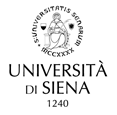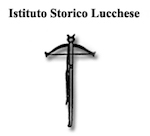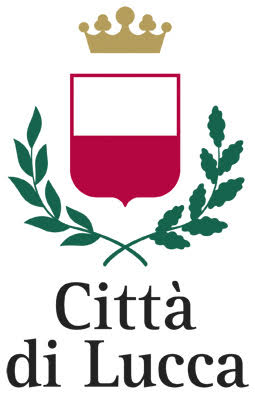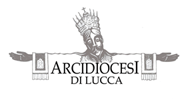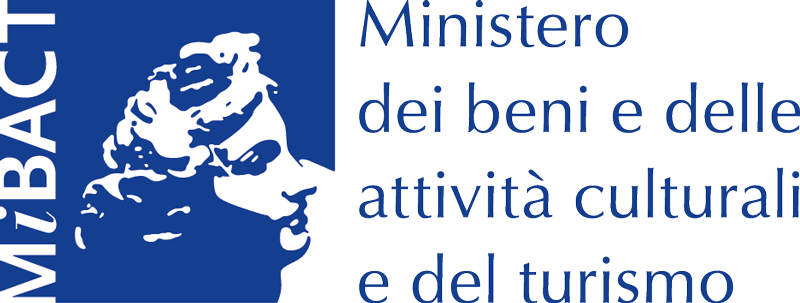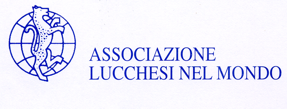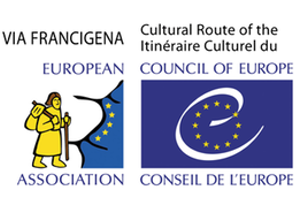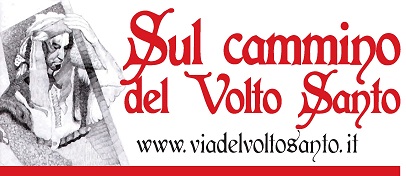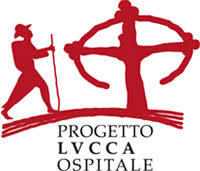Contrary to restrictive conception of the image, the latin term imago is under stood here in all its medieval connotations : in the theological and anthropological sense of man created "ad imaginem Dei" and of the son of God incarnate presenting himself as "imago Patris"; in the sense of material image whose forms and functions are of the most diverse variety, and finally in the sense of visionary and oniric mental image. The historian relates these meanings and usages on the one hand to the evolution of society over long period from the IVth to the XVIth century, and on the other hand, with the simultaneous development of Christian conceptions about subjectivity. If devotion and liturgy during the Middle Ages are more attached to the sign of the cross than to images, veritable revolution in Christian imagery occurs between the IXth and Xth century. Starting with the millenium, the Christian culture of the imago in which the mutual relationship between cultual and devotional images and dreams and visions experienced before or under the influence of images affirms itself in all senses of the word in one of its most striking expressions. The holy images of Veronica or Volto Santo in the XIIIth century acquire universal political value. In the following centuries the contemplation of images underlies the mystical and visionary experience of monks and nuns, as well as of pious lay persons. All the threads followed in this study seem to converge in the work of Albrecht Dürer, the first to paint personal dream and to resolve by the Christie experience his self-portrait the fundamental question concerning the Imago Dei.
La culture de l'imago
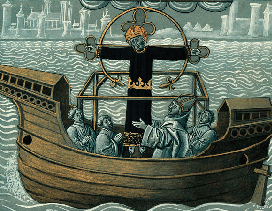
Tipologia:
Livello Bibliografico:
Fa parte di:
Annales. Histoire, Sciences Sociales,
Numero:
1
Anno:
1996
Pagine:
3-36
Fonte:
Persée
Note:
51e année
Abstract:








